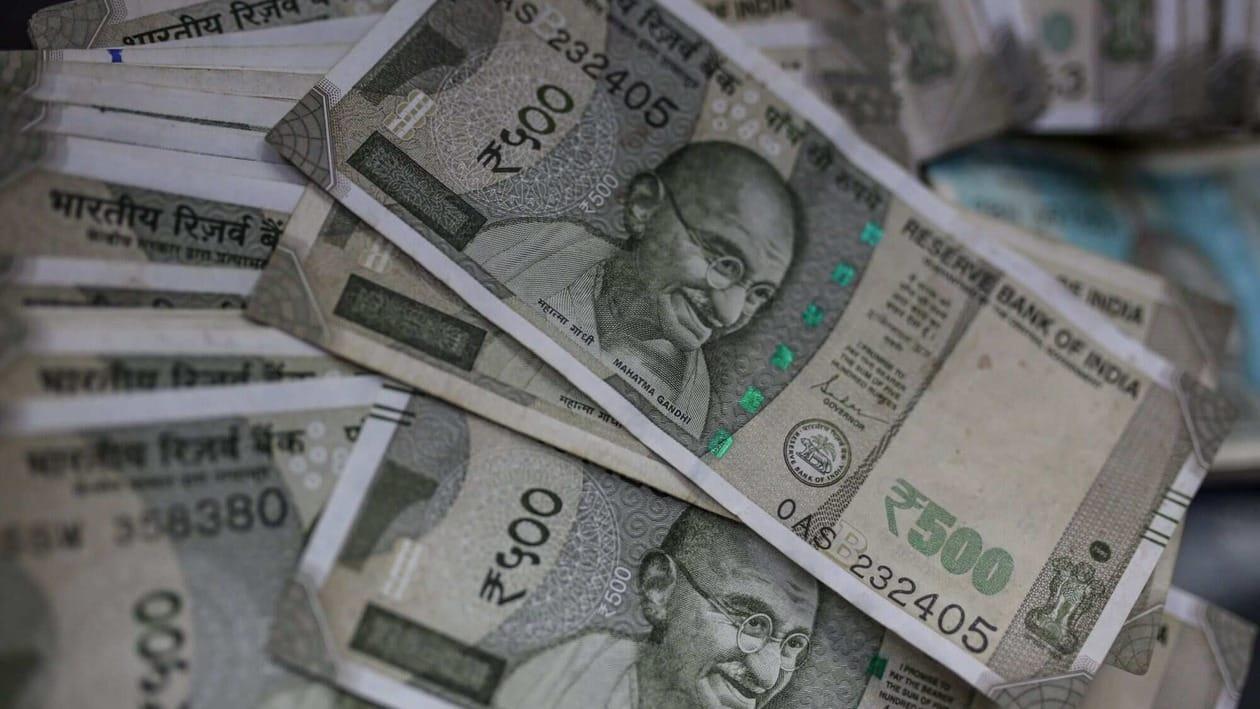(PTI) Illiquidity in secondary corporate debt market is a global issue and so focus should be on further deepening primary market that has grown nearly four-folds in a decade to over ₹40 lakh crore, an RBI official said.
Addressing a Bombay Chamber of Commerce & Industry event on Wednesday, Reserve Bank deputy governor T Rabi Sankar said the concerted efforts by regulators and government have seen corporate bond outstanding touching ₹40.20 lakh crore in FY22 from ₹10.51 lakh crore in FY12. While annual issuances during this period have increased from ₹3.80 lakh crore to close to ₹6 lakh crore.
During this period, the secondary market volume spiked from ₹4.5 lakh crore to ₹14.37 lakh crore, showing clearly that secondary trading has not risen in consonance with the size of the market, he said.
However, as of end June 2022, the outstanding volume slipped to ₹39.58 lakh crore across 29,745 outstanding instruments.
Sankar said the growing size of the corporate bond market and the number of issuances every year (5,400 in FY22) are important indicators of the success of the developmental efforts of the government and regulators.
On the over dominance of private placement of debt issues in the country, he said this is one of the main reasons for the low depth of the secondary market.
In FY12, of the total around ₹4 lakh crore issuance, public issues constituted only around 2 per cent. And the trend has not moved since then even though the total issuances have been rising which peaked at over ₹8 lakh crore in FY21. For instance in FY22, money raised through public issuances was just ₹11,589 crore, which is just about 2 per cent and the rest ₹5.88 lakh crore were private placements, he said.
Sating that only the US has a very liquid secondary corporate bond market, he said India is the second best, which though is very low, as the turnover ratio is 69 here.
The US market is very deep because it is led by corporates and municipalities, which is a very small in the country. But corporate bond market as percentage of GDP is also the highest at 120 in the US, while in India, it is only 18 per cent as against 80 per cent in Korea and 36 per cent in China, Sankar said.
Lack of secondary market liquidity is global and not just specific to India, of course barring the US. "Our turnover ratio is 69, which is only second to the US given this we need to relook our approach to secondary market instead of focusing on the secondary market liquidity. This is primarily because of the small size of issuances which is only ₹133 crore," Sankar said.
Compare this with the current outstanding stock of government securities at ₹84.71 lakh crore in 100 instruments, while there are 5,394 corporate issuers as of end June 2022, he explained.
On the rating profile of issuers, he said corporate bonds are generally priced off the sovereign yield curve and resilient markets are characterised by stable credit spreads over benchmark yields of G-secs. A comparison of the yields of 5-year G-secs and AAA-rated bonds of 5-year tenor over the last decade clearly indicates that the G-secs yield curve has provided a stable backbone for pricing of corporate bonds.
Sankar blamed the large number of privately placed issues for the skewed incentive structure towards the public issues which also get wider investor base. "So the way forward is not to excessively worry about market liquidity but to widen the investor base and also there is a need to temper our expectations from the bond market."
On the ownership structure of corporate bonds which is vastly with institutions, he said, banks are the biggest holder of such debt with 27.57 per cent as of March 2022, followed by body corporate at 24.51 per cent and mutual funds at 15.89 per cent. Qualified institutional investors hold 13.54 per cent, trusts (10.49 per cent), foreign portfolio investors (5.49 per cent) and retail/others at 2.49 per cent.
The central banker attributed the shallow secondary market to multiple factors such as the small size of issuances that averages at ₹130 crore per issuer, the nature of the issue which is being private placement as against public issues in other markets, the low holdings which are mostly limited to institutional investors and not retail as in the case of the US, and the pricing and interest rate risks that any corporate bond issuer faces.
However, he admitted that the near-absence of a derivative market here is the biggest drawback, but given that the CDS (Credit Default Swap) norms are in the way forward should be better. Another enabler should be the introduction of new instruments like floating rate debt instruments.
On the ratings he said in FY22, ratings were assigned to 1,235 corporate debt securities amounting to ₹22.55 lakh crore. Of these, 278 or 22.5 per cent were AAA and 358 or 29 per cent were AA and only 66 issuances or 5.3 per cent were non-investment grade.
